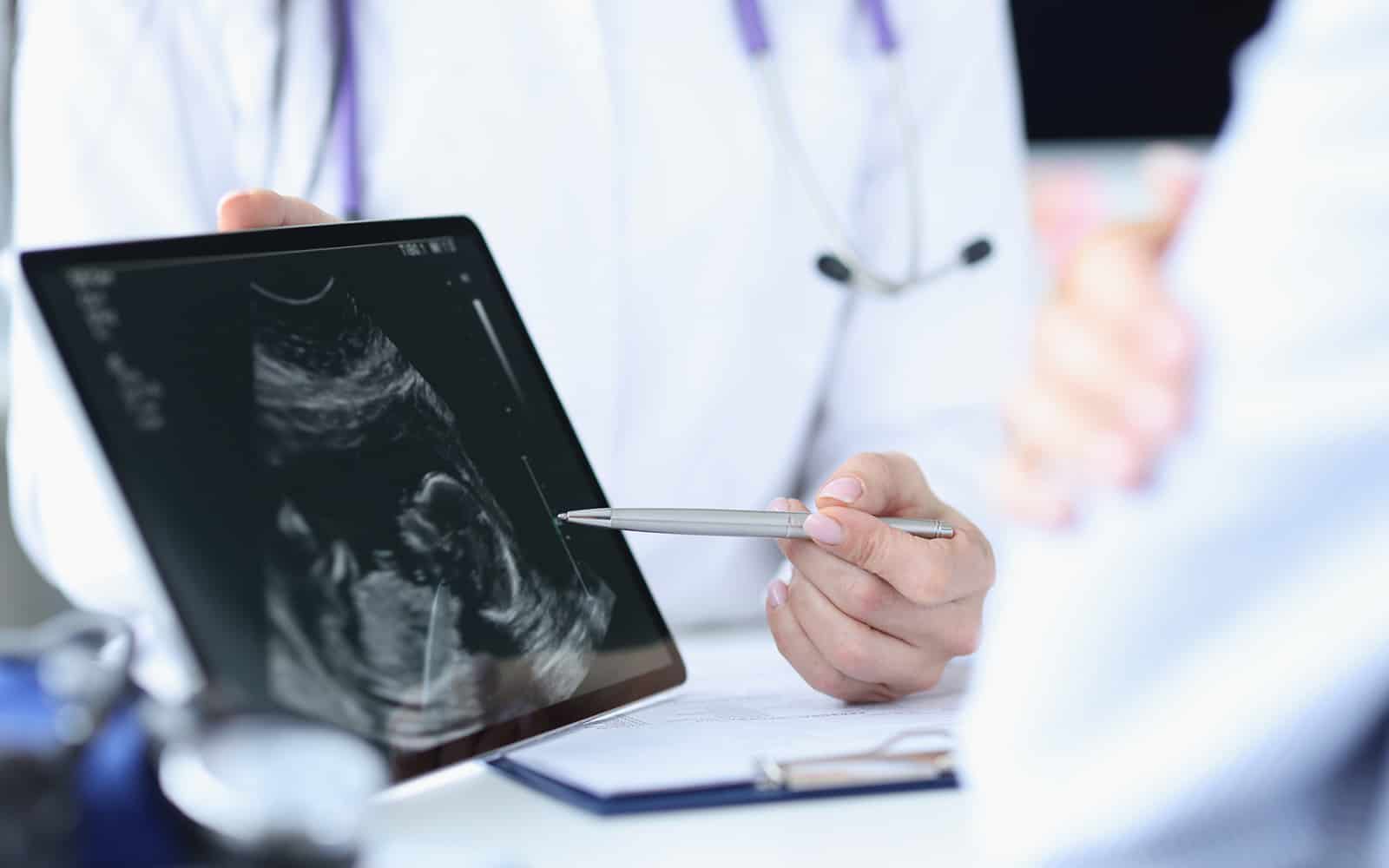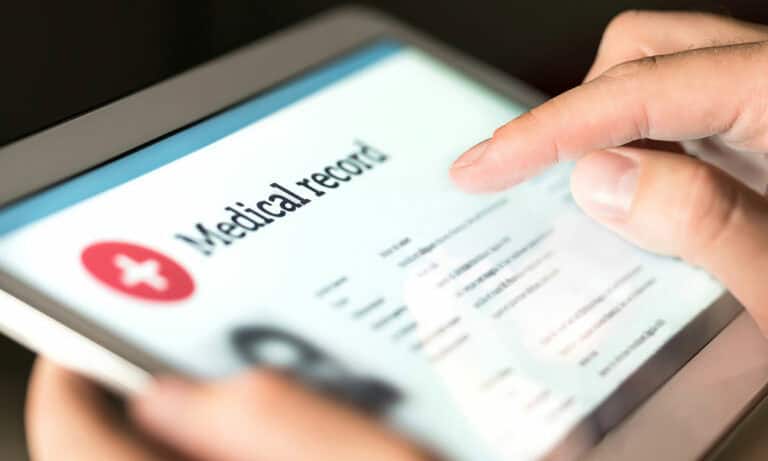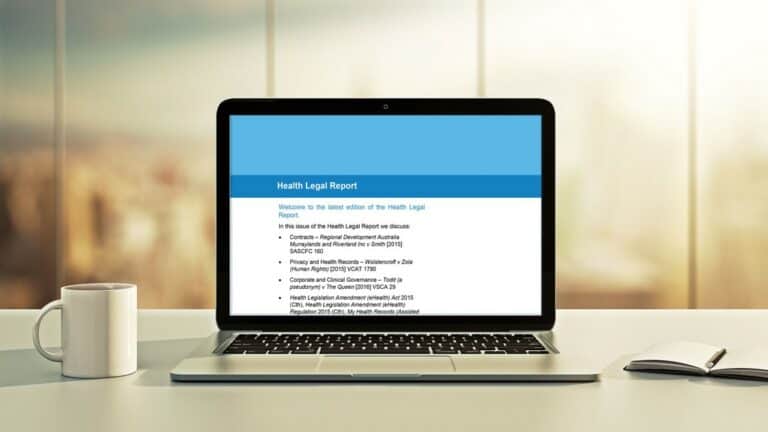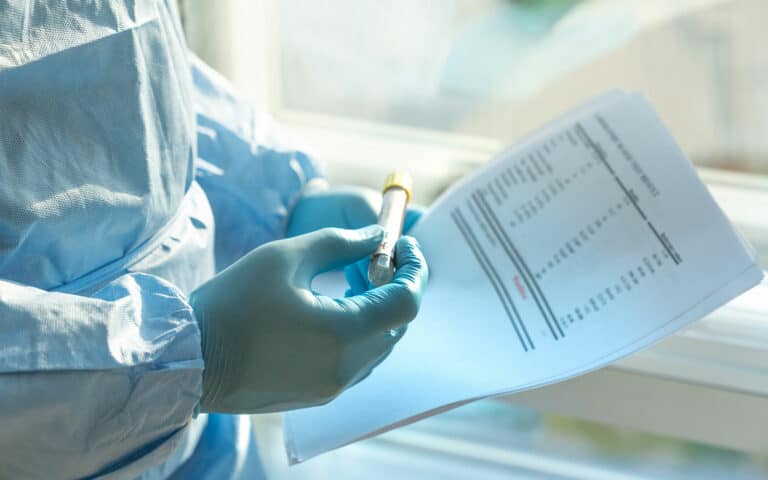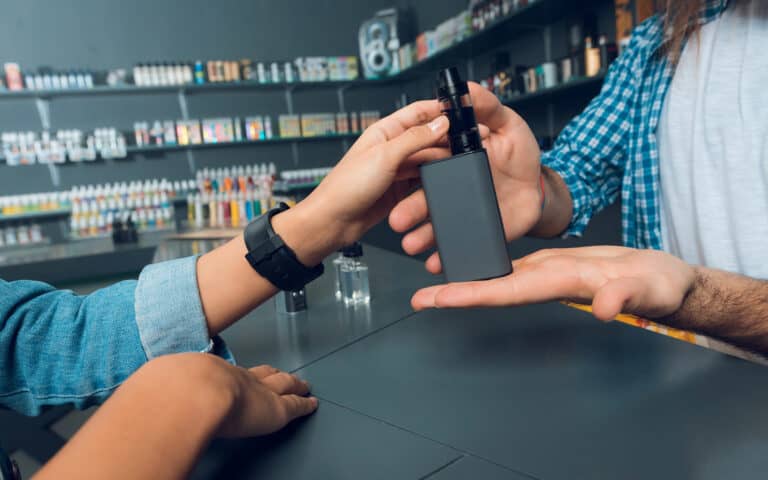This article applies to all organisations performing, or intending to perform, assisted reproductive treatments or artificial inseminations in Victoria.
Assisted Reproductive Treatment Amendment Act 2021 (Vic) and Assisted Reproductive Treatment Amendment Regulations 2022 (Vic)
On 15 August 2022, the Assisted Reproductive Treatment Amendment Act 2021 (Vic) (the Amending Act) commenced, amending the Assisted Reproductive Treatment Act 2008 (Vic) (the Act). The Assisted Reproductive Treatment Amendment Regulations 2021 (Vic) (the Amending Regulations) also commenced at that time, amending the Assisted Reproductive Treatment Regulations 2019 (Vic) (the Regulations).
Background
Following the completion of the Gorton Review in Victoria, the Act and Regulations have undergone significant changes focused on increasing the accessibility and inclusivity of assisted reproductive treatments (being a medical treatment or a procedure that procures, or attempts to procure, pregnancy in a woman by means other than sexual intercourse or artificial insemination, and includes in vitro fertilisation, gamete intra-fallopian transfer; and any related treatment or procedure prescribed by the Regulations).
Crucially, the amendments:
- extend the authority to perform an artificial insemination (being a procedure of transferring sperm without also transferring an oocyte into the vagina, cervical canal, or uterus of a woman) to an independent doctor (being a person registered under the Health Practitioner Regulation National Law to practise in the medical profession (other than as a student); and
- replicate provisions of the Act and Regulations for doctors generally, to match those required to be met by doctors carrying out artificial inseminations on behalf of a registered ART provider (being a person who is registered under Part 8 of the Act as a registered ART provider); and
- expand counselling requirements prior to a person consenting to undergo either a treatment procedure (being artificial insemination other than self-insemination, or assisted reproductive treatment), or donating gametes or embryos; and
- prescribe further persons who can provide certain counselling required by the Act.
Discrimination
Section 5 of the Act requires certain principles to be adhered to when carrying out functions or activities under, or regulated by, the Act. The Amending Act has inserted further obligations in paragraph (e) of that section in relation to discrimination, now requiring that a person is not to be discriminated against based up their relationship status, gender identity or sex characteristics, in addition to the existing requirements under that paragraph to not discriminate against a person based upon their sexual orientation, marital status, race or religion.
Who may carry out artificial insemination
Section 8 of the Act had previously required that artificial insemination was to be carried out by, or under the supervision and direction of, a doctor on behalf of a registered ART provider.
That section of the Act has been modified such that the artificial insemination of a woman may now be carried out by any doctor, without needing to be carried out on behalf of a registered ART provider. The authority for a person to carry out artificial insemination under the supervision and direction of a doctor, on behalf of a registered ART provider, remains.
Provision of counselling
Separate requirements on who may provide counselling have now been specified based upon the treatment procedure undertaken, or if donating embryos or gametes for such a treatment procedure, and by whom.
For a treatment procedure
Under the former section 13(1) of the Act, a woman, and her partner, if any, were required to be counselled on the matters prescribed by regulation 7 of the Regulations, by a counsellor providing counselling on behalf of a registered ART provider, prior to giving consent to undergoing a treatment procedure.
The Amending Act has modified section 13(1) by removing the reference to treatment procedures and now specifies that for the purposes of a woman undergoing an assisted reproductive treatment, such counselling must be provided by a counsellor who provides counselling on behalf of a registered ART provider prior to giving consent for that assisted reproductive treatment.
Separately, the new section 13(2) of the Act provides that, prior to a woman consenting to undergo artificial insemination, counselling in relation to the prescribed matters may be undertaken by either a counsellor providing counselling on behalf of a registered ART provider, or by a person who meets the prescribed requirements (being that they have full membership, or eligibility for full membership, of the Australian and New Zealand Infertility Counsellors Association, as specified by the new regulation 7A).
For a donation
Previously, section 18(1) of the Act required that a person was to be counselled on the matters prescribed by regulation 9 of the Regulations, by a counsellor providing counselling on behalf of registered ART provider, prior to consenting to the donation of gametes or embryos under section 16 of the Act.
Section 18(1) has now been amended such that the requirement to use a counsellor who provides counselling on behalf of a registered ART provider applies only to the person donating embryos or gametes for use in an assisted reproductive treatment.
Separately, the new section 18(2) requires a person to be counselled on the prescribed matters prior to consenting to the donation of gametes for use in artificial insemination and permits that counselling to be conducted by either a counsellor providing counselling on behalf of a registered ART provider or a person who meets the prescribed requirements.
For posthumous use
Previously, section 48(1) of the Act required that a person was to be counselled on the prescribed matters under regulation 12 of the Regulations, by a counsellor providing counselling on behalf of registered ART provider, prior to undergoing a treatment procedure referred to section 46 of the Act (being a treatment procedure using a deceased person’s gametes or an embryo created from the deceased person’s gametes).
Section 48(1) has now been amended such that the requirement to use a counsellor who provides counselling on behalf of a registered ART provider applies only to the person donating embryos or gametes for use in an assisted reproductive treatment.
Separately, the new section 48(2) requires a person to be counselled on the prescribed matters prior to undergoing an artificial insemination and permits that counselling to be conducted by either a counsellor who provides counselling on behalf of a registered ART provider or a person who meets the prescribed requirements.
Additional prescribed matters on which a person is to be counselled
The Regulations now prescribe additional matters that a woman and her partner, if any, must be counselled on prior to consenting to undergo a treatment procedure under section 13 of the Act, or for a donor prior to consenting to the donation of embryos or gametes for such procedures under section 18 of the Act.
Prior to consenting to a treatment procedure
Regulation 7(b) of the Regulations (in relation to counselling prior to consenting to a treatment procedure under section 13 of the Act) previously specified that, if relevant, counselling of a woman and her partner, if any, prior to consenting to a treatment procedure, is required in relation to issues about the use of donated gametes or embryos in a treatment procedure.
Regulation 7(b) of the Regulations has now been expanded to require that counselling to include the effect of section 29 of the Act on using donor gametes (in relation to the ban on donated gametes being used to produce more than 10 families), the withdrawal or lapsing of a donor’s consent, consent requirements for the extension of storage of an embryo and consent requirements for the removal from storage of an embryo.
Furthermore, before a woman consents to undergo assisted reproductive treatment or artificial insemination under section 13 of the Act, if the new section 20A of the Act (in relation to the separation of a woman and her partner) applies, counselling must also be provided regarding the consequences of separation on consent to the treatment procedure, and the requirement for each party to give a written notice of separation with the relevant registered ART provider or doctor.
Prior to consenting to a donation
The newly introduced regulation 9(d) of the Regulations (in relation to counselling prior to consent to a donation under section 18 of the Act) now prescribes that, in addition to existing prescribed matters on which a person must be counselled prior to consenting to donate gametes or embryos under section 18 of the Act, that person must also be counselled on the implications for them, as a donor, of the effect of section 29 of the Act on using donor gametes (in relation to the ban on donated gametes being used to produce more than 10 families), the withdrawal or lapsing of a donor’s consent, consent requirements for the extension of storage of an embryo and consent requirements for the removal from storage of an embryo.
Consents to donations
Section 17(d) of the Act previously stated that a consent from a person donating gametes or embryos under section 16 of the Act must not have been withdrawn or lapsed. That provision has been modified to specify that, in the case of donor gametes, the consent must not have been withdrawn or lapsed at the time when the gametes are used in a treatment procedure, or when the gametes are used to form an embryo. Separately, in the case of consent given by a person who produced gametes used to create an embryo, the consent must not have withdrawn or lapsed when the embryo is used in the treatment procedure.
Records of consents, withdrawals and notices of separation
Section 22(1) of the Act, which requires that a designated officer of a registered ART provider (being a person appointed, employed, or engaged by that provider under Division 3 of Part 8 of the Act) must obtain and keep the original record of each consent and withdrawal of consent given to that provider, and give a certified copy of those records to the person who gave the consent, has been expanded upon.
Notice of separation (being a notice given under section 20A(3) of the Act) given to the provider are now also records that must be obtained and kept by the designated officer of a registered ART provider, and be given to the person who gave consent in the form of a certified copy. In the case of a notice of separation, a certified copy of that record must also be provided to the former partner of the person who gave the notice of separation.
The aforementioned requirements of section 22(1) of the Act have now also been replicated by section 22(2) of the Act, such that the obtaining, keeping and giving of such records that apply to the designated officer of a registered ART provider, now also apply to a doctor carrying out artificial insemination other than on behalf of a registered ART provider.
Section 23 of the Act now also requires that the designated officer of a registered ART provider ensures that a notice of separation relevant to gametes or embryos transferred to another registered ART provider is also transferred to that other registered ART provider.
New obligations for doctors carrying out artificial inseminations other than on behalf of a registered ART provider
Provision of written advice
Obligations under section 19 of the Act, that a registered ART provider must give written advice at the time at which a donor gives consent to donate gametes or embryos under section 16 of the Act, have now been replicated for a doctor carrying out artificial insemination other than on behalf of a registered ART provider. The written advice that must be given to the donor by the doctor includes the same matters as that of a registered ART provider, being:
- the rights of any person born as a result of a donor treatment procedure, the parents of that person and any other persons to the disclosure of information in the Central Register; and
- the nature of information about the donor that is recorded in the Central Register; and
- the donor’s right to obtain information from the Central Register; and
- the existence and function of the Voluntary Register.
Furthermore, obligations under section 25 of the Act, that a woman and her partner, if any, must be given the written advice noted in the dot points above before that woman undergoes a donor treatment procedure, have been replicated such that a doctor carrying out an artificial insemination using donor sperm other than on behalf of a registered ART provider must also provide that written advice noted in the dot points above.
Provision of information
Obligations under section 55 of the Act, that a registered ART provider must disclose certain information if requested by a donor who’s gametes (or an embryo formed from that donor’s gametes) are proposed to be used to carry out a donor treatment procedure, have now been largely replicated in the newly introduced section 55A of the Act, which applies to a doctor who proposes to carry out an artificial insemination using donor sperm other than on behalf of a registered ART provider.
Section 55A of the Act permits a donor to request from a doctor, who proposes to carry out artificial insemination using that donor’s sperm, information recorded in the doctor’s register (being the register required to be kept by the doctor under Division 1 of Part 6 of the Act) about the woman on whom the procedure is proposed to be carried out and the woman’s partner, if any. That doctor must disclose the information recorded in their register and only include identifying information about the woman and her partner, if any, in that disclosure if they have consented to it being disclosed.
The information disclosed under section 55A must in writing and in accordance with any conditions or limitations imposed by the woman and her partner, if any.
Introduction of ‘responsible person’ and ‘gamete donor’ terms
The Amending Act also introduces section 30A, which applies for the purposes of Division 2 of Part 3 of the Act (being sections 31 through to 34A of the Act) in relation to the consent to and storage of embryos. That section defines the new term, a responsible person, in relation to an embryo, as:
- each person who produced the gametes from which the embryo has been formed but not including any person who is a gamete donor (being also defined by section 30A as a person who gave consent under section 16(1) of the Act for use of the person’s oocyte or sperm in a treatment procedure); or
- in the case of an embryo formed only from donor gametes:
- the woman and her partner (if any) for whose use in a treatment procedure the embryo was formed; or
- the intended parent who commissioned or who intends to commission a surrogacy arrangement, and for whose use in a treatment procedure under that surrogacy arrangement the embryo was formed; or
- in the case of an embryo referred to in the above point that is later allocated;
- the woman and her partner (if any) to whom the embryo is allocated for use in a treatment procedure; or
- the intended parent who commissioned or who intends to commission a surrogacy arrangement, and for whose use in a treatment procedure under that surrogacy arrangement the embryo is allocated.
Section 30A(2) states that, for the purposes of the first subpoints of the 2nd and 3rd points above of the definition of responsible person, a reference to the woman’s partner is a reference to the woman’s partner at the time the embryo was formed or allocated, whether or not the woman and her partner have since separated.
Consents to storage by responsible persons
The newly defined term, responsible person, has been inserted into section 33(2)(b)(ii). Previously, if the persons who produced the gametes from which an embryo was formed consented to a specific storage period of not more than 5 years, in addition to the 5 year period under section 33(2)(b)(i), a registered ART provider could not cause or permit an embryo to remain in storage beyond that period.
Section 33(2)(b)(ii) of the Act now requires that each responsible person in relation to the embryo consent to such a storage period rather than the persons who produced the gametes and that a registered ART provider may not cause or permit that embryo to remain in storage beyond that period.
Consents to removal from storage by responsible persons
Section 34 of the Act requires that a registered ART provider may only remove an embryo from storage, or cause or permit an embryo to be removed from storage, under specific circumstances. Under sections 34(1)(b) and 34(1)(c) of the Act, such an embryo was previously permitted to be removed if written consent was given to the designated officer of the registered ART provider by both of the persons who produced the gametes from which the embryo was formed, or if those persons were unable to agree to a period for which the embryo was to be stored and that the Patient Review Panel directed that embryo to be removed.
Sections 34(1)(b) and 34(1)(c) of the Act have now been amended to require the consent of the responsible persons in relation to the embryo, rather than that of the persons who produced the gametes from which the embryo was formed, or a direction from the Patient Review Panel to remove that embryo from storage is given if those responsible persons are unable to agree on a period of storage for that embryo, before a registered ART provider may remove that embryo from storage.
Period of storage beyond consented to storage time by responsible persons
Section 34A(1)(a) previously permitted a registered ART provider to retain an embryo in storage for up to 3 months after the persons who produced the gametes from which the embryo was formed gave their written consent to that embryo’s removal. A registered ART provider may now retain an embryo for up to 3 months after receiving written consent to its removal by the responsible persons in relation to that embryo.
Conclusion
Subscribers should ensure they familiarise themselves with the extensive amendments made to the Assisted Reproduction Act and Regulations to ensure compliance with the requirements of the legislation.
